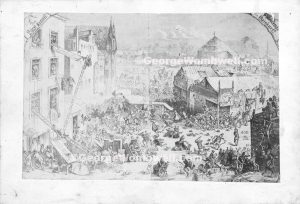Hull, in East Yorkshire is one of those cities that has a long tradition of markets and fairs. The Hull Fair is a regular annual event from the thirteenth century onwards and is rivelled only by the Nottingham Goose Fair and Bartholomew’s Fair in central London. It was then, a popular destination for the travelling menageries. Wombwell is known to have attended and Bostock and Wombwell shows were a favorite with the nineteenth century audiences.
There were a series of excellent photographs taken of B&W at Hull Fair. This is probably the finest example of the menagerie booth photographs that exist and was possibly taken in 1919 although the fashion might indicate somewhat earlier.
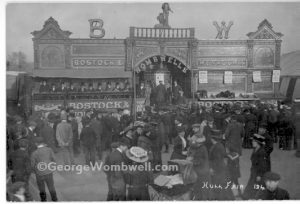
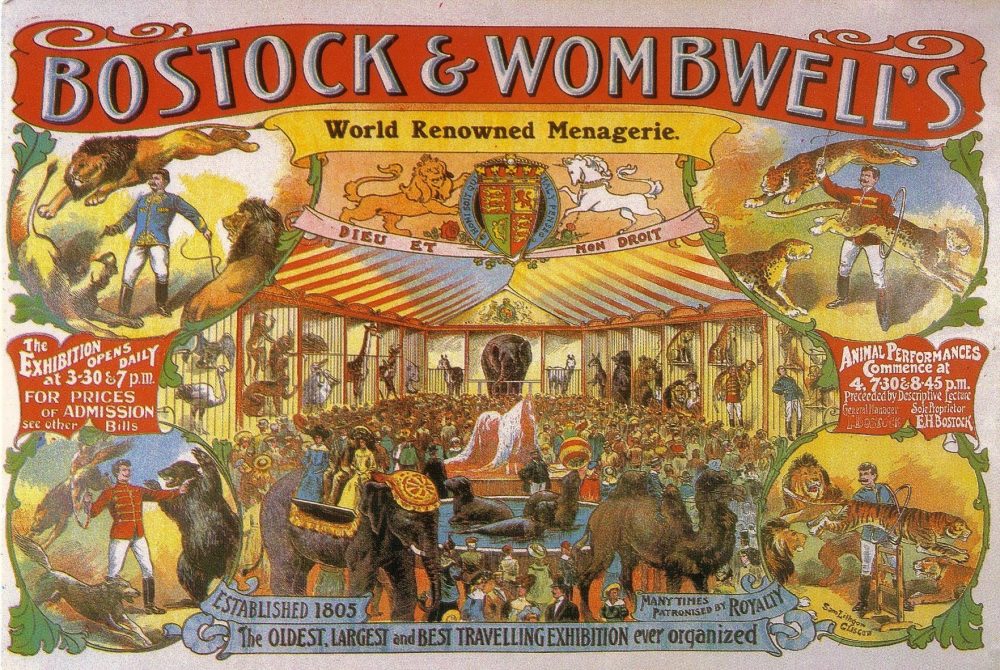
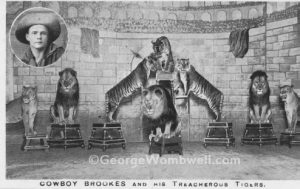
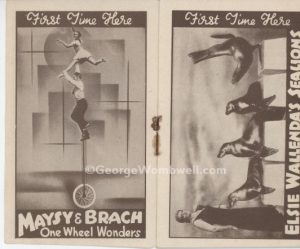
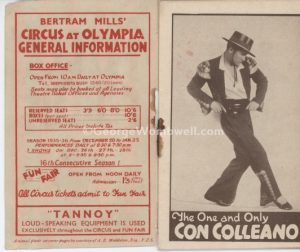
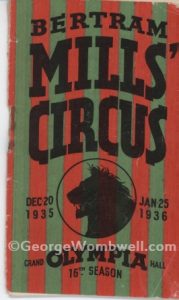
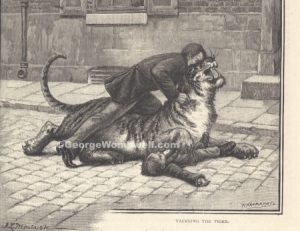 Charles Jamrach (1815 – 1891) was the leading dealer and his emporium was situated in what was then known as Ratcliff Highway in east London — at the time the largest such shop in the world. From the description the building can be placed on the 1868 Edward Weller map of London near to the Tobacco Dock somewhere along St George’s Road (to the right of North Quay).
Charles Jamrach (1815 – 1891) was the leading dealer and his emporium was situated in what was then known as Ratcliff Highway in east London — at the time the largest such shop in the world. From the description the building can be placed on the 1868 Edward Weller map of London near to the Tobacco Dock somewhere along St George’s Road (to the right of North Quay).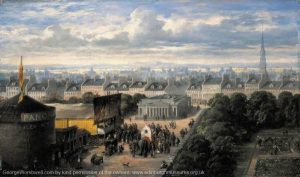
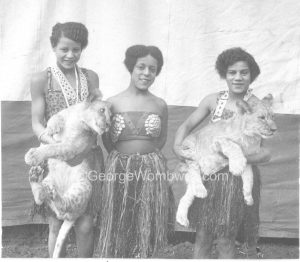
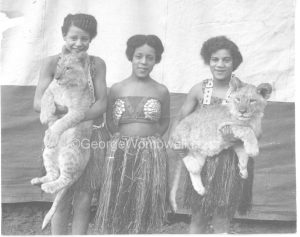
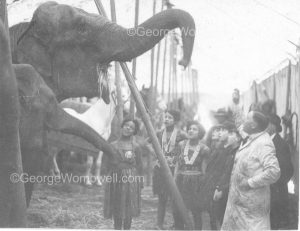 “Lord” George Sanger had died many years before, but his circus travelled till 1941 when it was broken up due to food rationing, a ban on performing animals(in case they escaped during an air raid!) as well as labour shortages.
“Lord” George Sanger had died many years before, but his circus travelled till 1941 when it was broken up due to food rationing, a ban on performing animals(in case they escaped during an air raid!) as well as labour shortages.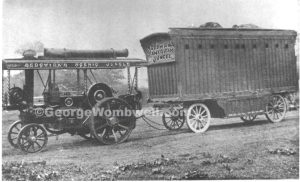
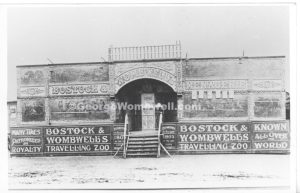
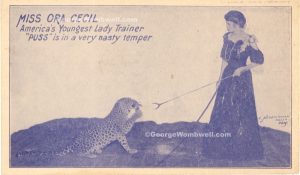 Cecil once commented:
Cecil once commented: